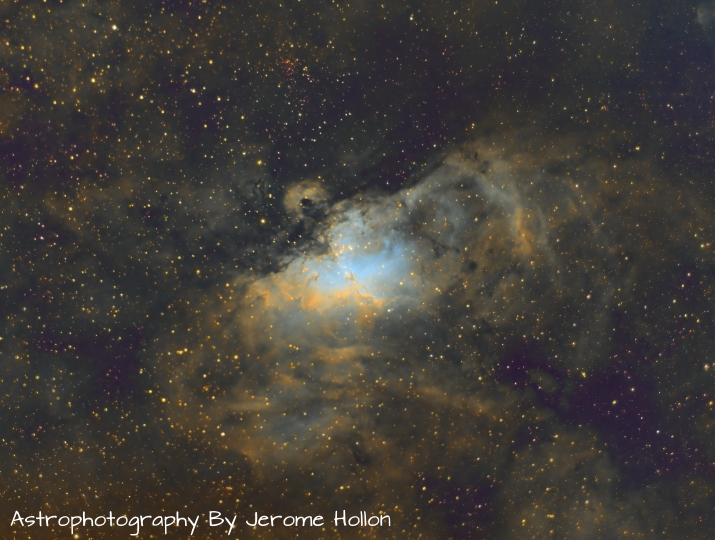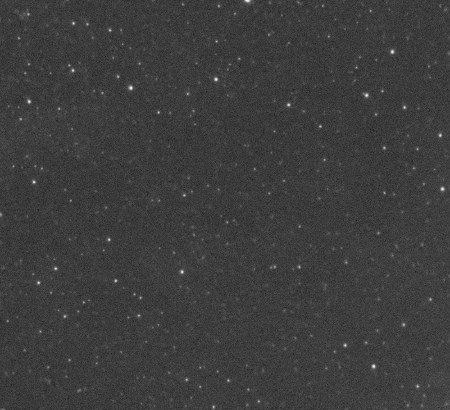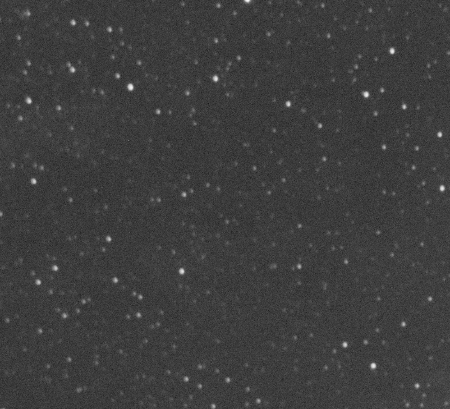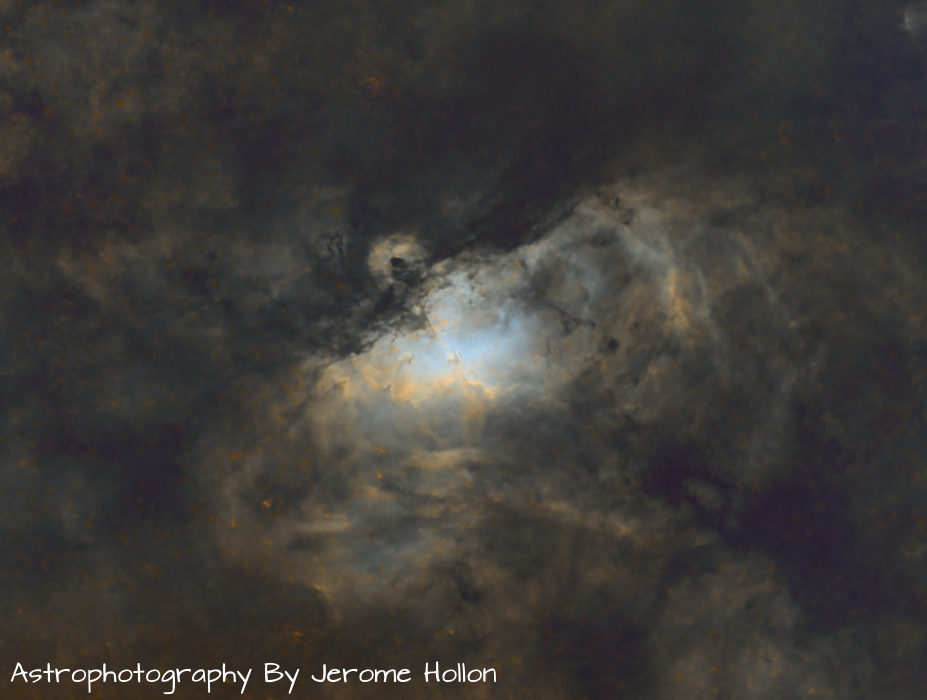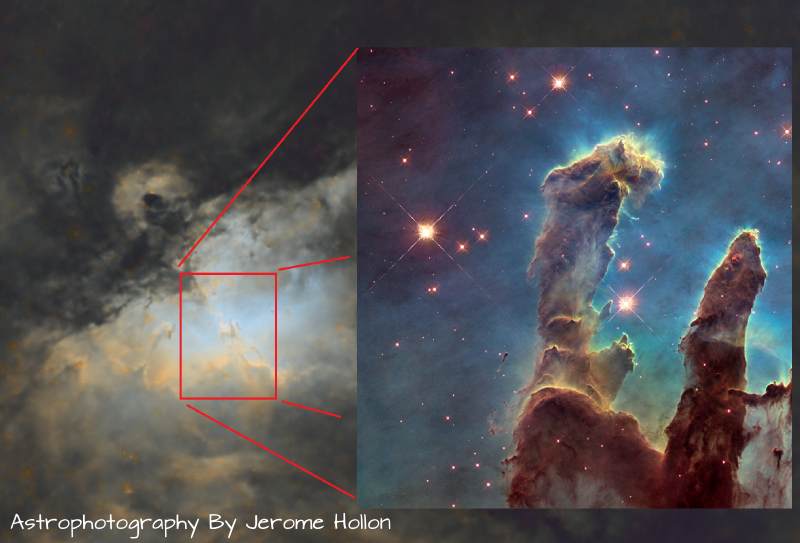Eagle Nebula
Jun 21, 2022
Eagle Nebula
| Other names | M16, NGC 6611, Sh2-49, Star Queen Nebula |
| Type | Emissions Nebula |
| Distance | 5,700 ly |
| Size | 70x55 ly |
| Location | Serpens |
| Captured | Jun 21, 2022 |
| Capture type | Narrowband (SHO) |
| Total time | 6.75 hours |
| Frames | SHO 45x180' each |
| Telescope | AT80EDT |
| Camera | ZWO ASI294mm |
| Tripod | CGEM-70-EC |
Eagle Nebula in Serpens
This is my own capture of the open cluster and emissions nebula called the Eagle Nebula. We’ve seen a lot of emissions nebula on my blog already, but not many open clusters. Open clusters are like the boring uncle of globular clusters. Where globular clusters are lots and lot of stars in a central location, open clusters are clusters of stars not significant in number to be any other cluster type but too many to not be considered a cluster. They’re basically the barely legal version of a star cluster.
The eagle nebula is located in the Serpens constellation and is visible June to October in my latitude, I captured this last June when it was low on the horizon. This causes some problems since I’m seeing through more of the atmosphere than if it was really high in the sky. You get some blurring of the features and the stars are bloated, but I used some post-processing tricks to help fix some of that. You can see the difference it makes to adjust the PSF (point spread function) on the images to the right.Traditionally, to fix the blur you’d calculate the point spread function of a star. A perfect PSF indicates no diffraction from a point of light infinitely small. If the atmosphere was perfectly clear and my telescope tracking the star perfectly and there were no defects in my field of view, I’d never have to use post-processing to adjust the PSF, but that certainly isn’t the case here. I don’t pretend to understand all the math behind it, but what I have the software do is basically go and find the standard distortion, usually it’s some sort of oval at an angle, and then use a deconvolve the oval into a circle. For this photo, it wasn’t quite enough because there was quite a bit of blur, so I also circularized the stars, bloating them even more, but making them more circular, and then shrunk all the stars. If you download the image and push the contrast really high, you’ll probably notice dark halos around the stars from this type of editing. But typically I keep the shadows low enough on the histogram to not make those halos visible.
Starless Wonder
One of the other things I love about editing the PSF is that you can actually remove stars from a photo. It’s totally an inauthentic photo, but it makes a really dramatic nebula. Click on it to see the full size, I love how the interstellar dust clouds just kind of fall into the nebula. Gives it a real three-dimensional feel. It reminds me of those sci-fi movies where the protagonist’s vessel is getting pulled into a nebula or wormhole. I love how much of the interstellar medium I was able to capture!
Pillars of Creation
I’d not be doing my job describing the object if I didn’t mention its most famous feature. Within the eagle nebula is the famed “Pillars of Creation”, you can see on the left my photo compared to the famous photo from the Hubble Telescope. The Pillars of Creation are what is called an “elephant trunk” formation. Elephant trunks are cold molecular gas clouds and are places of intense star formation. Hence, the “of Creation” nomenclature.
There’s a lot more detail in Hubble’s image because my image is taken by a telescope with a really short focal length, for a telescope, being only 384mm, the focal length determines how zoomed in the object is. Hubble is a whooping 57,600mm of focal length, which is why you can see so much more detail in Hubble’s image. But they are of the same object.
I have another telescope that has 2800mm of focal length. One day I hope to capture a much more detailed photo of the pillars of creation, though nothing will come close to the Hubble.
